At George Harrison’s 1971 concert for Bangladesh, awkwardly, the audience applauded after Ravi Shankar and his musicians had paused to tune their sitars and tablas. ‘If you appreciated the tuning so much,’ Shankar said, half in jest, ‘I hope you’ll enjoy the music even more.’ To the untrained ear, Indian music may sound unmelodious and directionless as it strays into apparent pre-concert tuning registers and monotony. Nonetheless, its transcendental Zen-like qualities impressed Richard Wagner, who was drawn to the spirituality and joss-stick mysticism (as he saw it) of the east. A devotional song performed by the Punjab Sufi vocalist Nusrat Fateh Ali Khan can soar as ecstatically as Parsifal. Indeed it’s hard not to levitate out of your seat when Khan and his team send up a prayer to Allah amid rhythmic hand-clapping. (The Bristol trip-hop outfit Massive Attack went so far as to re-mix a Khan incantation.)
According to the Sanskrit scriptures, a single musical note can contain within itself the entire universe. In the hands of a master sitarist such as Hasu Patel or Nikhil Banerjee, the sitar’s drone becomes the sonic equivalent of a Hindu or Buddhist ‘mindfulness’ meditation; it may even help slough off thoughts of death and mortality. The long improvisation known as the alaap which opens the classical north Indian (Hindustani) raga can riff meditatively on a single note for as long as an hour. Contemporary so-called ‘drone’ music is indebted to the raga’s hushed intensity of emotion. Karlheinz Stockhausen’s mesmeric 1968 work for six voices, ‘Stimmung’, radiates an om-like inward contemplativeness, as do the raga-inspired jazz workouts of the African American harpist Alice Coltrane and the symphonic mantras of the (sadly neglected) Edwardian English composer John Foulds.
Sitars and other stringed drone instruments did not arrive in India until the 16th century with the Mughal conquests. Before that, the continent’s music had largely been Hindu Vedic chant and recitation with little or no Islamic-inspired cymbal or drum pulse. The Fab Four’s later albums might have sounded very different had George Harrison taken up with an Islamic Qawwali (divine ‘utterance’) master such as Nusrat Fateh Ali Khan rather than with the Hindu-observant Ravi Shankar. Harrison’s politely aromatic sitar noodling on ‘Within You Without You’, from Sgt. Pepper, lofts the listener upwards into clouds of lotus blossom incense.
Amit Chaudhuri, the Bengal-born English-language novelist, literary critic, poet, essayist and university professor, is a trained classical raga singer in the north Indian tradition of improvisation and jazz-like scatting. He sees the raga as the closest music comes to human speech — a semi-improvisatory weave of microtones, modes and rhythmic cycles that is neither a composition (most ragas have no known composer) nor a melody, but an atmospheric musical ‘essence’.
Finding the Raga, a bracing amalgam of essay and memoir, considers classical north Indian music’s ancient history and influence today. In his long introductory chapter, appropriately titled ‘Alaap’, Chaudhuri suggests that that the raga originated in the mystical Islamic traditions of Sufism and Qawwali song. Each raga was associated for the Mughals with a specific time of day and sometimes with a season. The Todi raga is a morning raga; the Kafi raga, a monsoon raga. No single raga should be performed in ‘contravention’ of its rightful time, says Chaudhuri, adding: ‘It would be plain odd if it were.’
For the past 40 years Chaudhuri has sung the Todi raga on rising from his bed in Calcutta where he now lives; he often performs in public, moreover, both in classical concerts and in his own raga-rock fusion combos. Eric Clapton’s ‘Layla’ riff is, Chaudhuri says, spookily discernible in one raga he likes to sing, while a Jimi Hendrix blues number resonates in another. The enumeration of these musical ‘mishearings’ (as Chaudhuri terms them) enlivens the book.
Chaudhuri’s teenage years were spent in 1970s Bombay, we learn, where his father worked as a biscuit company executive. Chaudhuri badly wanted to be a rock musician and, to prove it, bought himself a Yamaha acoustic guitar from Denmark Street on a trip to London. His near-religious ‘conversion’ to Indian classical music was thanks to his mother’s music teacher, Govind Prasad Jaipurwale, who was a master practitioner of the Persian-Urdu love lyric known as the ghazal. Chaudhuri was entranced by this venerable sung music. Pandit Prasad could trace his lineage back through the chain of guru-sisya(teacher-disciple) relationships common in Asia. Chaudhuri’s own path from pop-rock ‘air guitarist’ to ‘Indian classical vocalist’ was cemented by the presence of this white-pyjamaed instructor.
An elegant and discursive writer, Chaudhuri is not afraid to show off. Along the way he alludes to Pier Paolo Pasolini, Jean Renoir, T.S. Eliot and others who have explored aspects of Indian culture. Finding the Raga, delightfully instructive throughout, will make you want to listen to Indian classical music anew and with ears beatifically attuned.
Got something to add? Join the discussion and comment below.
Get 10 issues for just $10
Subscribe to The Spectator Australia today for the next 10 magazine issues, plus full online access, for just $10.
You might disagree with half of it, but you’ll enjoy reading all of it. Try your first month for free, then just $2 a week for the remainder of your first year.

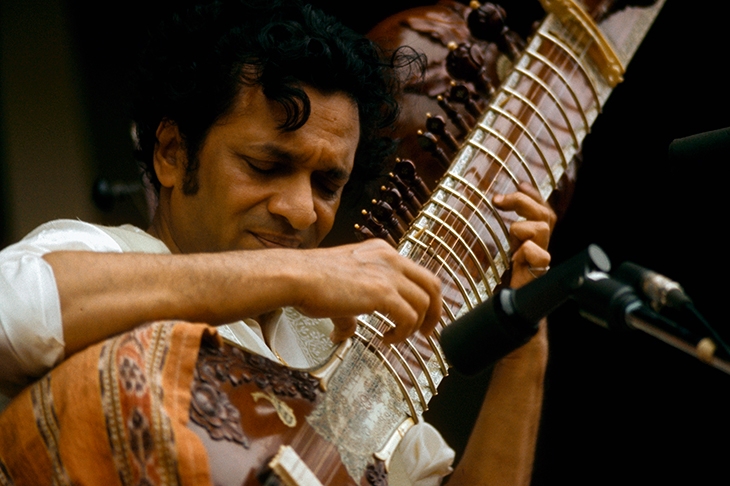
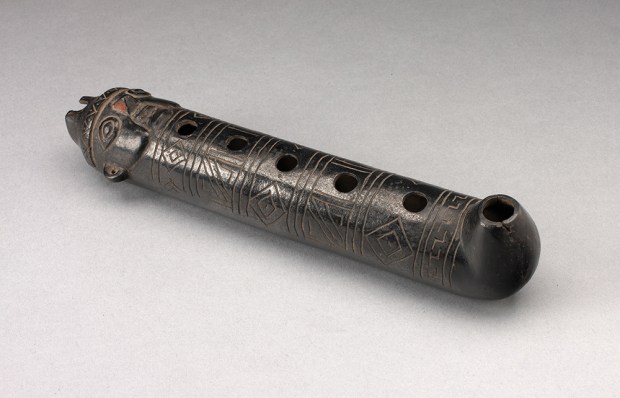
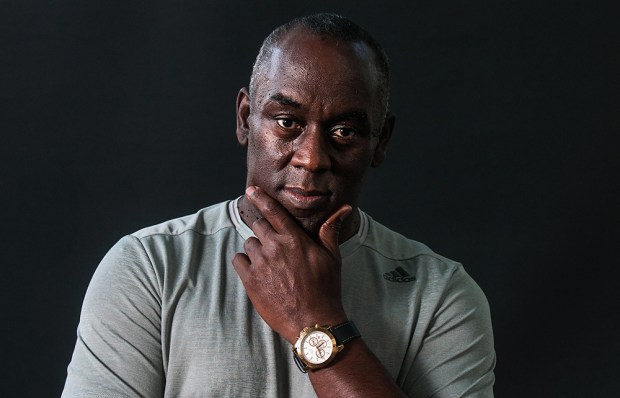
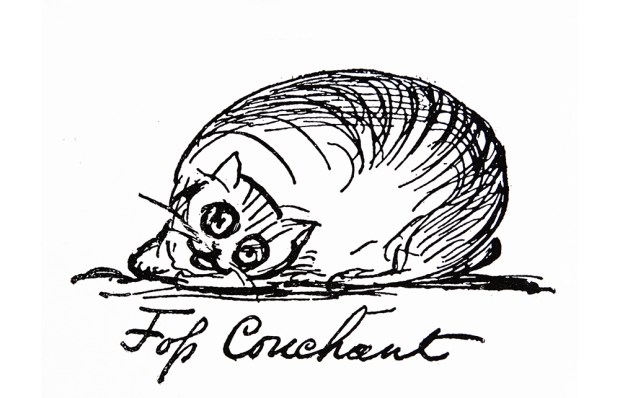
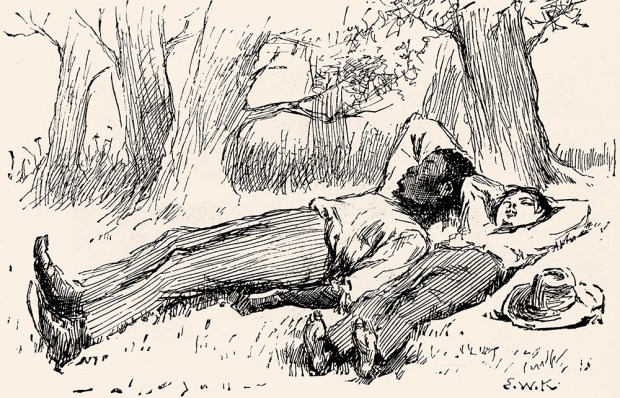

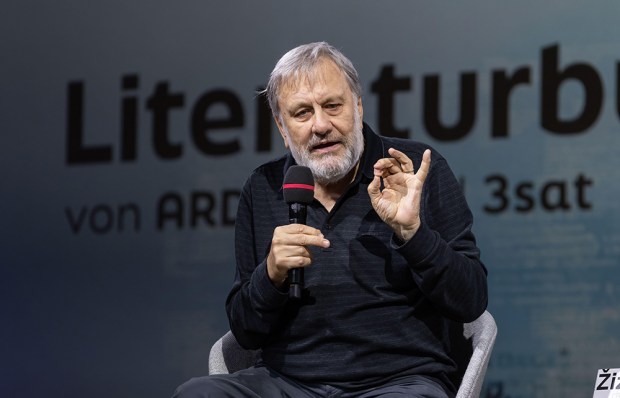






Comments
Don't miss out
Join the conversation with other Spectator Australia readers. Subscribe to leave a comment.
SUBSCRIBEAlready a subscriber? Log in